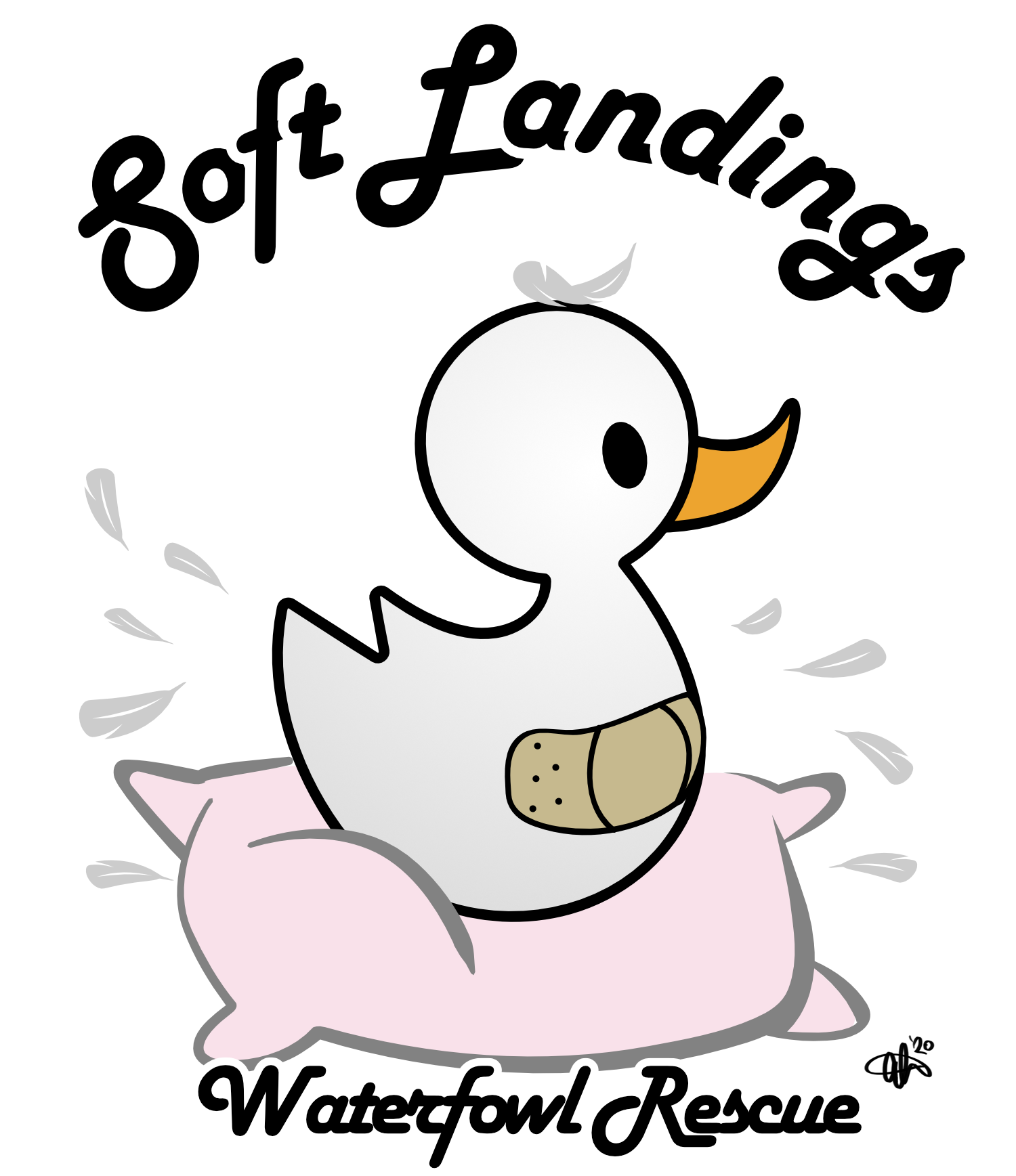In the wild ducks and geese have two natural means of defending themselves: their ability to fly and their ability to spend many hours in the middle of ponds and lakes. One of the defining characteristics of domestic breeds is their inability to fly. And unless you have a large body of water on your property, your new feathered friend will be relying on you to provide for their safety.
There are many sites around the web with suggestions and plans for fowl housing. Your resources and property will have a lot to say about the housing you provide. There are, however, several guidelines to keep in mind.
Whether you live in a city, suburb or out in the country predators are a top concern. You will need to provide a sheltered place for your new flock to sleep that is safe from these predators. So what does it mean to be “predator proof”? The most secure facility would be inside a building such as a garage, shed or other outbuilding. The problem with these structures is that they are often used to store equipment and chemicals that are, themselves, a danger to birds. If you have the willingness and resources to construct a building for your flock you will want to make sure that there is plenty of ventilation and that the floor is easily cleaned. Waterfowl have many fine qualities but house training is not one of them.
If you do not have a suitable structure or the resources to construct one there are still many options available to you. A large, sturdy dog house with a solid floor and a door that can be secured against clever, raccoon paws will do for one or two ducks. The pens often sold as “dog runs” are another place to start. These provide more room but require the addition of a barrier against burrowing predators. Typically this can be accomplished but digging a trench around the perimeter of the pen and installing hardware cloth (heavy-duty ‘screen’) that can be found in most hardware and home improvement stores. You will need to have 18-24 inches below ground and it should be secured at the top to the pen (I like to use aluminum wire cut into lengths and used like over-sized twist ties). Depending on your climate you may still need to provide a shelter against freezing rain, etc.
During the day waterfowl, as their name suggests, need access to water. If you have a pond on your property that is ideal. If you do not, however, a plastic “kiddie pool” will suffice. If you can dedicate a pool deep enough for them to swim and completely submerge themselves even better. Just be prepared to clean the pool frequently.
